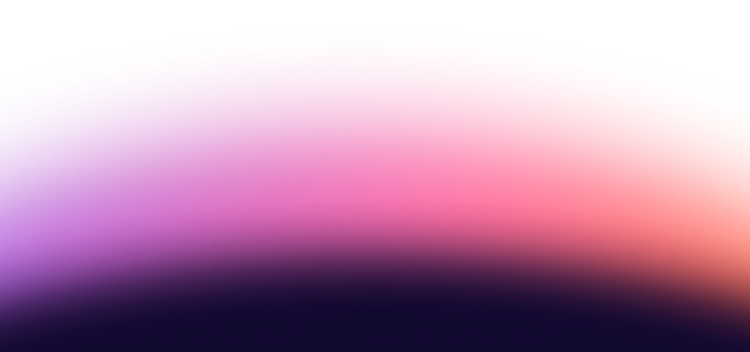What is Bloch Sphere
A qubit is the fundamental unit of quantum information. Itis a two-level system, which means that like a classical bit, it can be either a 0 or a 1. Unlike a bit, however, a qubit can be in a superposition of 0 and 1. While in superposition, a qubit has some probability of being 0 and some probability of being 1. Measuring a qubit takes it out of superposition, and it is determined to be either 0 or 1. Preparing and measuring a qubit many times results in counts of 0s and 1s in percentages aligned with these probabilities.
The Bloch Sphere visualization, named after physicist Felix Bloch, is a geometrical representation of a qubit’s state space. It is a unit sphere, which is a sphere with a radius of 1. The vertical z-axis is labelled with |0⟩ at the top and |1⟩ at the bottom. The ends of two perpendicular horizontal axes, the x and the y, are labelled |+⟩ and |-⟩, and |i⟩ and |-i⟩, respectively. The surface of the sphere represents the possible pure states of a qubit, while the interior of the sphere represents its possible mixed states.
Mathematically, a qubit’s state can be described with two complex numbers. A complex number has a real part and an imaginary part. From these two complex numbers, three real numbers are calculated that determine a point on or in the Bloch sphere. A vector originating at the center of the sphere and terminating at that point represents the state of the qubit.
In photonic quantum computing, the Bloch sphere is known as a Poincaré sphere and represents polarizations. Neither a Bloch sphere nor a Poincaré sphere represents entanglement.
What is Bloch Sphere
ABloch sphere uses its three axes to represent a qubit’s state. The state vector originates in the center of the sphere and terminates at a point with z, x, and y coordinates.
- The z-axis represents the probability of the qubit being measured as a 0 or a 1.
- The x-axis represents the real part of the state vector.
- The y-axis represents the imaginary part of the state vector.
Its primary usefulness is in visualizing the effects of gate operations on a qubit. For example, an X gate rotates a quantum state halfway around the x-axis, and a Bloch sphere can visualize that. In fact, a Bloch sphere simulation can animate this transformation, showing the rotation from the starting state to the final state. This can help students build an intuition for single-qubit quantum gates.
Mathematical Framework of the Bloch Sphere
A qubit is a combination of two states, |0⟩ and |1⟩. While in superposition, each has a complex number coefficient. With a and b representing the coefficients, the qubit’s state |ψ⟩ is written as:
|ψ⟩ = a|0⟩ + b|1⟩
The angles θ (theta) and ϕ (phi) are calculated from these complex numbers. The angle θ is the angle between the state vector and the z-axis, while the angle ϕ is the angle between the state vector counter-clockwise from the positive x-axis. A third calculation is the length of the vector, which is 1 for pure states and less than 1 for mixed states.
With these three values, the previous equation can be rewritten as:
∣ψ⟩=cos(θ/2)∣0⟩+e^iϕ sin(θ/2)∣1⟩
For a deeper understanding of the mathematics, check out the Tasos’ Posts article titled “Introduction to quantum computing: Bloch sphere.” or the aansh savla’s blog post titled “What is Bloch Sphere of a Qubit?”
Bloch Sphere in Quantum Computing
A Bloch sphere visualizes the relationship between a quantum state and two important angles, θ and ϕ. In digital mode quantum computing, quantum states are transformed by providing these angles of rotation. Whereas the X gate rotates a state halfway around the x axis, the RX(θ) gate rotates the state θ radians around the X axis. Programmatically, θand ϕ are critical to using quantum computers in this mode.
Quantum computers, however, are inherently analog. An instruction such as an RX(θ) gate is compiled into an analog pulse which is physically applied to the qubit. Depending on the architecture of the device this may be a laser pulse on a neutral atom or it may be something else. The key takeaway is that the pulse transforms the state of the qubit, and that transformation can be visualized using a Block sphere by rotating the vector θradians around the sphere’s x-axis.
It is important to note that the Bloch sphere is not the only available visualization. A Q-sphere is a variation that represents the state of a small number of qubits. If there are six qubits, for example, the top of the Q-sphere represents |000000⟩, the bottom represents |111111⟩, and the other points on the sphere represent the other possible measurement outcomes. The phase of the state is often color-coded. Phase disks, on the other hand, resemble flattened Bloch spheres that use fill to indicate measurement probabilities, a line to indicate phase, and an inner circle to indicate quantum entanglement.
.webp)


